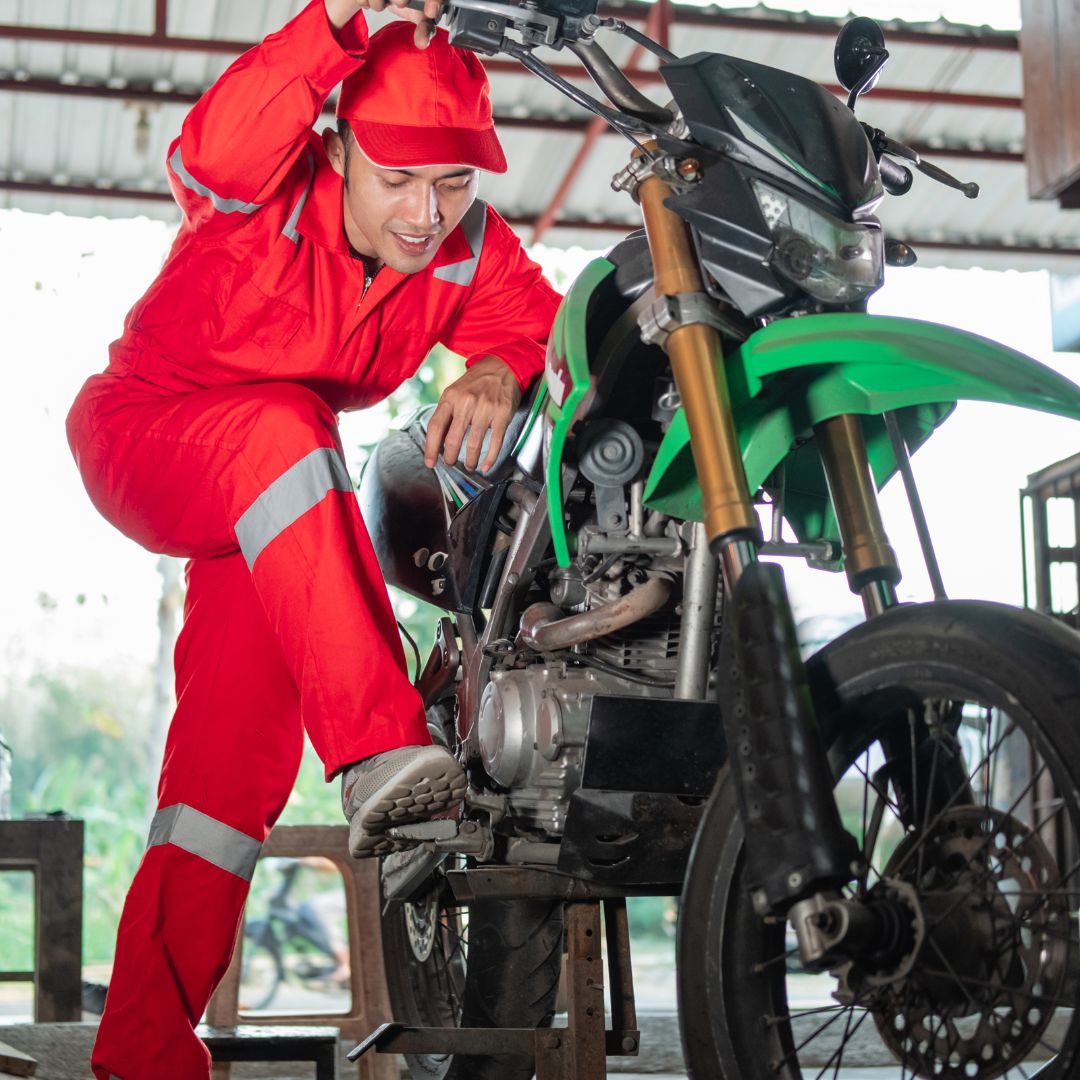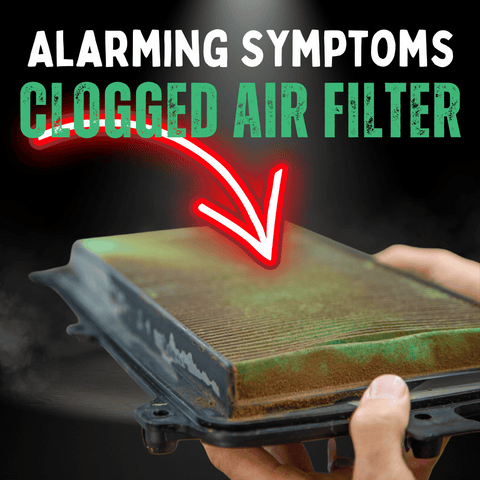
Updated: 25.4.25
Imagine you're gearing up for an exciting ride, but as soon as you hit the throttle, something feels off. The power isn't there, and your bike feels sluggish. It's not the thrilling experience you're used to.
Reduced engine power in dirt bikes can stem from issues like fuel problems, air intake restrictions, or mechanical faults. Understanding these causes can help you diagnose and fix the problem, ensuring your rides stay exciting.
1. Fuel-Related Issues
Contaminated Fuel
Fuel acts as your dirt bike’s lifeblood. Contaminated fuel, with dirt, water, or debris, can impair combustion and rob your engine of power. Always store fuel in clean, sealed containers and consider installing a fuel filter to catch contaminants.
Clogged Fuel Filter
A clogged fuel filter restricts flow and starves the engine. Regularly replacing or cleaning it ensures a steady supply of clean fuel and maintains optimal performance.
Incorrect Fuel Mixture
Two-stroke engines require a precise fuel-to-oil ratio. Too much oil causes smoke and buildup; too little causes overheating. Follow your manufacturer's recommended mixture to prevent engine damage.
2. Air Intake Problems
Clogged Air Filter
A clogged air filter restricts airflow, creating a rich fuel mixture that saps engine power. Regular cleaning or replacement keeps your engine breathing freely and delivering peak performance.
Air Leaks
Air leaks disrupt the fuel-air balance, leading to lean mixtures, overheating, and power loss. Inspect seals and intake connections regularly to prevent leaks.
3. Performance Enhancements
Installing a Power Commander
A Power Commander optimizes the air/fuel ratio across your bike’s operating range, improving acceleration, smoothness, and fuel efficiency.
Changing Sprockets
Adjusting sprocket sizes can tune your bike for quicker acceleration or higher top speeds. A smaller front or larger rear sprocket improves acceleration, while the opposite improves top-end speed.
4. Ignition and Exhaust Issues
Spark Plug and Ignition Timing
Faulty spark plugs or poor ignition timing cause incomplete combustion, reducing power. Inspect and replace spark plugs regularly and check timing settings.
Exhaust System Restrictions
Blockages in the exhaust system create back pressure, reducing engine breathing and power. Keep your exhaust system clear and properly maintained.
Related: 10 Reasons Why Your Dirt Bike Won't Start & How to Fix
5. Mechanical and Electrical Factors
Mechanical Issues
Wear on piston rings, valve clearances, or clutch problems can drain power over time. Routine inspections, compression tests, and adjustments maintain engine strength.
Upgrading Clutch and Ignition
Performance clutches and ignition upgrades enhance power transfer and spark efficiency, resulting in better throttle response and overall performance.
Related: 10 Ways To Avoid Your Motorcycle Clutch From Burning Out
Reducing Engine Braking
Adjusting engine compression or using specific mapping settings can smoothen deceleration and improve throttle transitions.
6. Other Considerations
Electrical System Malfunctions
Weak batteries or faulty wiring affect performance. Regular electrical checks keep the bike running reliably.
Overheating and Mechanical Damage
Ensure your cooling system functions properly to avoid overheating, which can severely damage the engine and reduce power output.
Conclusion
Regular maintenance and early diagnosis keep your dirt bike thrilling to ride. Understanding these common issues helps you maintain peak performance and safety on every journey.
Frequently Asked Questions
How often should I check my dirt bike’s air and fuel filters?
Inspect filters before every ride and replace or clean them monthly or after especially dusty rides.
Can incorrect sprocket changes damage my dirt bike?
Yes, extreme changes can strain your drivetrain. Always adjust carefully based on riding style and consult your bike's manual.
Is a Power Commander worth it for casual riders?
For casual riders, it's not necessary. However, for those seeking precise throttle response and performance tuning, it’s a worthy investment.
How do I know if I have an air leak?
Perform a spray test around the intake. Changes in idle speed indicate a leak.
What’s the ideal fuel-to-oil ratio for two-stroke dirt bikes?
Follow your manufacturer’s guide; common ratios are 32:1 or 40:1 depending on the model and engine needs.
Get in Touch
Loved our article on Why Does My Dirt Bike Have Reduced Engine Power??
Got more questions about kids' ride-on toys or dirt bikes?
Jump into the fun at RiiRoo.com or hit up our Live Chat!








Share:
How Does a Quad/ATV/UTV Kill Switch Work?
How to Install A Fuel Filter on Your Dirt Bike